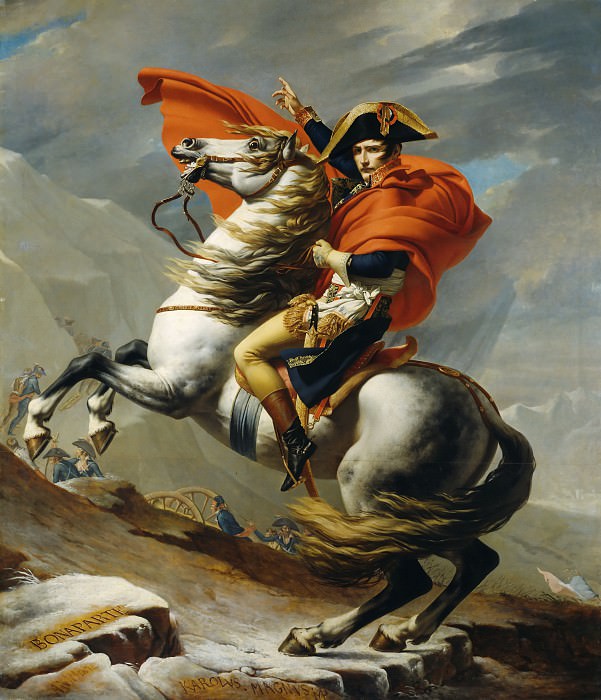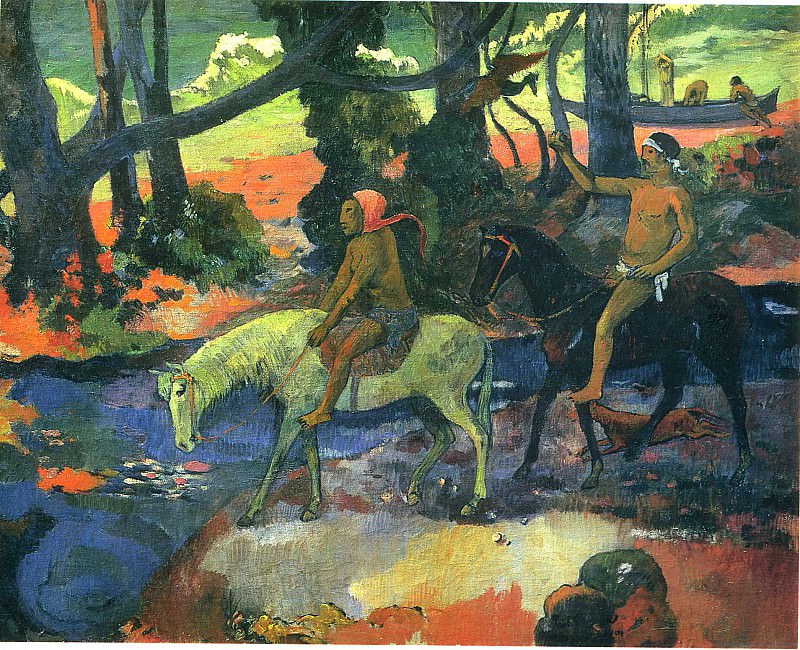Lucian Freud: Master of Psychological Realism
Lucian Freud, one of the most prominent British painters of the 20th century, is renowned for his intense and unflinching portraits. His works, often described as psychological realism, delve deep into the human condition, revealing the complexities of the human psyche. Freud's art is characterized by its meticulous attention to detail, the exploration of the sitter's inner life, and the raw, often unsettling nature of his subjects.
Early Life and Influences
Born on December 8, 1922, in Berlin, Lucian Michael Freud was the grandson of the famous psychoanalyst Sigmund Freud. In 1933, with the rise of the Nazi regime, Freud's family fled to London. This move significantly influenced his artistic development, exposing him to the vibrant British art scene.
Freud's early works were influenced by surrealism and German expressionism. His early paintings, such as "The Painter's Room" (1944), exhibit a dream-like quality with an emphasis on symbolic content. However, as he matured as an artist, Freud shifted towards a more realistic approach, focusing on the human figure and its corporeal presence.
The Evolution of Style
Freud's transition from surrealism to realism marked a significant turning point in his career. By the 1950s, he had developed a distinct style characterized by thick impasto, the use of muted color palettes, and an almost forensic attention to the details of flesh and skin. His portraits from this period, such as "Girl with a White Dog" (1950-51), demonstrate his evolving technique and growing interest in capturing the essence of his subjects.
The 1960s and 70s saw Freud's work become even more intense and detailed. His brushwork became more pronounced, and his exploration of the human body more profound. During this time, he produced some of his most iconic works, including "Reflection with Two Children" (1965), which showcases his mastery in depicting human flesh with a combination of brutal honesty and empathy.
The Human Condition
Freud's art is often described as a deep exploration of the human condition. His portraits are not mere representations but rather psychological studies that reveal the vulnerabilities, anxieties, and complexities of his subjects. Freud had an uncanny ability to penetrate the surface and capture the essence of his sitters, often resulting in images that are both intimate and confrontational.
One of Freud's most famous works, "Benefits Supervisor Sleeping" (1995), exemplifies this approach. The painting depicts Sue Tilley, a benefits supervisor, in a state of complete relaxation. The sheer scale of the canvas, combined with the intricate details of Tilley's flesh, creates a powerful and evocative image that challenges conventional notions of beauty and representation.
The Studio as a Space of Creation
Freud's studio played a crucial role in his artistic process. It was a space of intense focus and creativity, where he would spend countless hours observing and painting his subjects. The studio environment allowed Freud to establish a deep connection with his sitters, enabling him to capture their true essence on canvas.
Freud often painted his subjects multiple times, developing a profound understanding of their physical and psychological traits. This repetitive process is evident in works like "Leigh Bowery" (1991) and "Kate Moss" (2002), where Freud's intimate knowledge of his sitters is palpable in every brushstroke.
Controversy and Critique
Freud's work was not without controversy. His unflinching portrayal of the human body, often in a state of vulnerability, sparked debates about the ethics of representation and the role of the artist in society. Critics have both praised and condemned his approach, with some viewing his work as a celebration of human diversity and others seeing it as exploitative or voyeuristic.
Despite the controversy, Freud remained committed to his artistic vision. He believed in the power of art to reveal truths about the human condition, and his unwavering dedication to this belief is evident in the body of work he left behind.
Legacy and Influence
Lucian Freud's impact on the art world is undeniable. His relentless pursuit of truth in his portraits has inspired generations of artists to explore the depths of human experience through their work. Freud's influence can be seen in the works of contemporary painters like Jenny Saville and Francis Bacon, who share his fascination with the human form and its myriad complexities.
Freud's legacy extends beyond his paintings. He has been the subject of numerous exhibitions, books, and documentaries, each attempting to unravel the enigmatic nature of his art and his life. His works are housed in major museums and private collections worldwide, ensuring that his contribution to the art world will be remembered and studied for years to come.
Major Works and Themes
Freud's oeuvre is vast, but several themes and motifs recur throughout his career. The human body, in all its forms and states, is a central theme. Freud's depictions of nudes, often presented in stark, unidealized forms, challenge traditional representations of beauty and provoke viewers to reconsider their perceptions of the body.
Another recurring motif is the exploration of identity and self. Freud's self-portraits, such as "Reflection" (1985), reveal his introspective nature and his desire to understand himself through his art. These works are not just representations of his physical appearance but also profound explorations of his psyche.
Impact on Contemporary Art
Freud's influence on contemporary art cannot be overstated. His approach to portraiture, characterized by its psychological depth and technical precision, has inspired countless artists to pursue similar paths. The way Freud captured the rawness and vulnerability of his subjects has become a benchmark for artists aiming to explore the human condition in their work.
Freud's impact is also evident in the way contemporary artists approach the depiction of the human body. His unflinching realism and rejection of idealized forms have paved the way for a more inclusive and diverse representation of bodies in art. This shift is particularly significant in the context of contemporary discussions around body positivity and representation.
Freud's Techniques and Methods
Freud's painting techniques were as unique as his artistic vision. He often worked with thick layers of paint, using a technique known as impasto to create texture and depth. This method allowed him to capture the intricate details of flesh, hair, and other physical features with remarkable precision.
Freud's palette was typically muted, with a focus on earthy tones and subtle variations in color. This choice of color palette contributed to the overall sense of realism in his work, emphasizing the natural qualities of his subjects. His use of light and shadow further enhanced the three-dimensionality of his paintings, giving them a lifelike quality.
The Personal Aspect of Freud's Art
One of the most striking aspects of Freud's art is its deeply personal nature. Many of his sitters were friends, family members, and close acquaintances, creating an intimate connection between artist and subject. This personal relationship is evident in the way Freud captures the individuality and character of his sitters, revealing aspects of their personalities that might not be immediately apparent.
Freud's relationships with his sitters often extended beyond the canvas. He formed long-lasting friendships with many of them, and these relationships influenced the way he approached their portraits. The trust and familiarity between Freud and his sitters allowed for a level of honesty and vulnerability that is rarely seen in portraiture.
Conclusion
Lucian Freud's art is a testament to his relentless pursuit of truth and his deep understanding of the human condition. His portraits, with their meticulous detail and psychological depth, challenge viewers to look beyond the surface and confront the complexities of identity, body, and self. Freud's legacy as a master of psychological realism continues to influence contemporary art, inspiring artists to explore the depths of human experience through their work. His unwavering commitment to his artistic vision and his profound ability to capture the essence of his subjects ensure that Lucian Freud's contribution to the art world will be remembered and celebrated for generations to come.

















